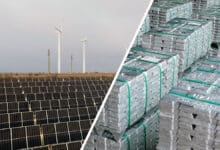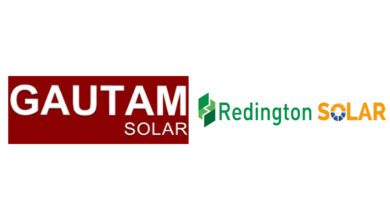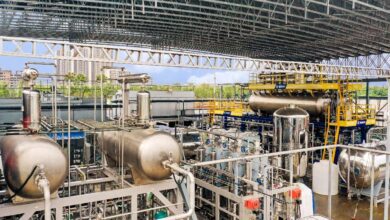Tata Power plans to invest over ₹75,000 crore in renewables in the next five years and aims to have an electricity generation capacity of 30 GW during the same period, with more than half coming from clean energy sources. Currently, Tata Power has a generation capacity of 13.5 GW, with 34% contributed by renewable energy sources.
During the company’s annual general meeting on Thursday, its Chairman Natarajan Chandrasekaran said it has “planned a capex of over ₹75,000 crore in next 5 years in renewables.”
He was responding to a query by a shareholder on the company’s future plans.
In his speech, Chandrasekaran said that Tata Power is looking to scale its generation capacity to over 30 GW by FY’27 from current 13.5 GW with an increased clean energy portfolio from current levels of 34% to 60% by 2027 and 80% by 2030.
He also told shareholders that the company has planned a ₹14,000 crore consolidated capex in FY’23 with ₹10,000 crore in renewables.
Tata Power added renewable energy capacity of 707 MW in FY22.
The company holds a strong EPC order book of ₹13,000 crore and is also setting up a 4 GW solar cell and module manufacturing capacity in Tamil Nadu with an investment of ₹3,000 crore, Chandrasekaran said.
According to him, the company is equally focused on growing consumer centric and new-age energy solutions — solar rooftop, EV chargers, solar pumps, smart metering and energy management solutions — enabling power in the hands of the consumers.
To scale up these green businesses and solutions, the company has also entered into a strategic partnership and created a renewables platform which has got an investment of ₹4,000 crore from Blackrock Real assets and Mubadala Investment company, he added.
The company is equally committed to deliver strong performance in the transmission and distribution business, serving 12 million customers, including 9 million customers in Odisha, he stated.
Further, he said that in the T&D (Transmission and Distribution) business, the company will further optimise the Odisha DISCOM operations, stabilise the new acquisition in the transmission business and deliver phenomenal customer service, enabled by digitalisation.
He also informed that the company is on the path to becoming an ESG (Environmental, Social, and Governance) benchmark in the power sector.
In this pursuit, he stated the company has set three key goals of becoming carbon net-zero by 2045, 100% water neutral by 2030 and zero waste to landfill before 2030.













